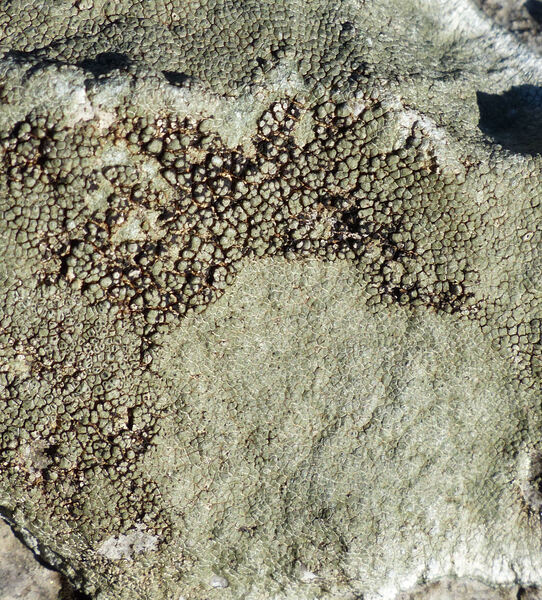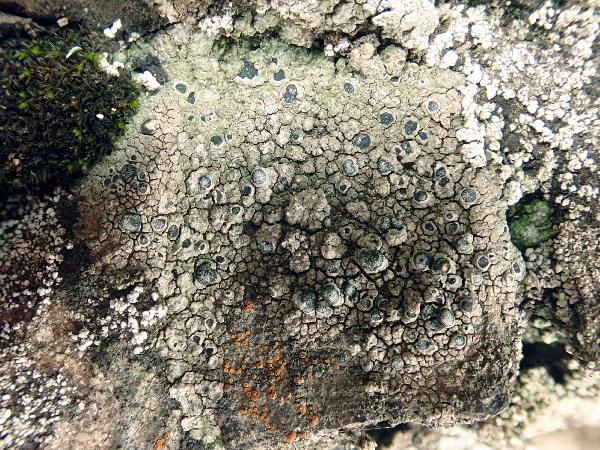Circinaria hoffmanniana (S. Ekman & Fröberg ex R. Sant.) A. Nordin
in Roux & al., Bull. Soc. linn. Provence, 67: 179, 2016.. Basionym: Aspicilia contorta subsp. hoffmanniana S. Ekman & Fröberg ex R. Sant. - Lichens and Lichenicolous Fungi of Sweden and Norway: 23, 1993.
Synonyms: Aspicilia caesioalba (Le Prévost) Hue; Aspicilia hoffmanniana (S. Ekman & Fröberg ex R. Sant.) Cl. Roux & M. Bertrand; Aspicilia hoffmannii auct. non (Ach.) Flagey; Circinaria contorta subsp. hoffmanniana (R.Sant.) I. Zhdanov; Circinaria contorta subsp. hoffmanniana (R.Sant.) I. Zhdanov; Lecanora calcarea var. hoffmannii (Ach.) Sommerf.; Lecanora hoffmannii (Ach.) Müll. Arg.; Pachyospora calcarea f. cinereovirens A. Massal.?
Distribution: N - VG (Castello 2002, Martellos & Castello 2004, Tretiach & al. 2012), Frl (Nimis & Salvadori 1998, Nascimbene & Salvadori 2008, Nascimbene & al. 2009b), Ven (Nascimbene & Salvadori 2008), TAA (Nascimbene & al. 2022), Lomb (Valcuvia & al. 2003, De Vita & Valcuvia 2004, Gheza & al. 2023), Piem (Morisi & Sereno 1995, Isocrono & al. 2004, Favero-Longo & al. 2015), VA (Piervittori & Isocrono 1999, Matteucci & al. 2015c), Emil (Nimis & al. 1996, Fariselli & al. 2020, Brackel 2025), Lig (Valcuvia & al. 2000, Watson 2014, Giordani & al. 2016, 2025). C - Tosc (Benesperi 2006, Bianchi & al. 2021), Marc (Nimis & Tretiach 1999), Umb (Nimis & Tretiach 1999, Panfili 2000b, Ravera & al. 2006), Laz (Genovesi & al. 2011), Abr (Nimis & Tretiach 1999, Caporale & al. 2016, Gheza & al. 2021), Mol (Nimis & Tretiach 1999, Caporale & al. 2008, Ravera & al. 2009, Genovesi & Ravera 2014), Sar (Rizzi & al. 2011, Giordani & al. 2013). S - Camp (Aprile & al. 2003b, Nimis & Tretiach 2004, Garofalo & al. 2010, Catalano & al. 2016), Pugl (Nimis & Tretiach 1999), Bas (Nimis & Tretiach 1999), Cal (Puntillo 1996), Si (Nimis & al. 1994, 1996b, Ottonello 1996, Ottonello & Romano 1997, Caniglia & Grillo 2001, 2005, 2006, Grillo & Caniglia 2004, Grillo & al. 2007b, 2009, Brackel 2008b, Gianguzzi & al. 2009, Liistro & Cataldo 2011, Cataldo & Cannavò 2014).
Description: Thallus crustose, episubstratic, areolate, grey or grey-brown, grey-green in some forms, dull, forming regular, usually well-delimited, 1-8(-20) cm wide patches, the areoles usually angular or irregular, flat to weakly convex, 0.3-1.5 mm wide, contiguous and separated by cracks. Medulla white, I-. Apothecia aspicilioid, 0.2-0.5(-0.8) mm across, 1(-3) per areole, round, rarely angular, with a black, but usually white-pruinose, concave to flat disc and a distinctly raised, often white-pruinose thalline margin. Proper exciple poorly developed, colourless, extending below the hymenium; epithecium olive green to olive-brown, with crystals, N+ green, K+ yellow-brown; hymenium colourless, I+ blue or sometimes partly turning yellow-green; paraphyses sparingly branched and anastomosing, 1.5-2.5 µm thick at mid-level, submoniliform in upper part, the uppermost cells subglobose, (3-)4-6 µm wide; subhymenium and hypothecium colourless. Asci (2-)4(-6)-spored, clavate, the thin outer coat K/I+ blue, the wall and apical dome K/I-. Ascospores 1-celled, hyaline, globose to subglobose, (16-)18-28(-35) x (14-)17-26(-30) µm. Pycnidia rare, immersed, with a black, punctiform ostiole. Conidia filiform, straight or slightly curved, (5-)6-10(-11) x 0.8-1(-1.3) µm. Photobiont chlorococcoid. Spot tests: cortex and medulla K-, C-, KC-, P-. Chemistry: usually with aspicilin, rarely lacking secondary metabolites.Note: an early coloniser of a wide variety of calciferous or base-rich substrata, from limestone and dolomite to brick, roofing tiles and mortar walls; one of the most frequent taxa of the genus in Italy, occurring also inside large urban areas, with optimum below the montane belt.
Growth form: Crustose
Substrata: rocks
Photobiont: green algae other than Trentepohlia
Reproductive strategy: mainly sexual
Pioneer species
Commonnes-rarity: (info)
Alpine belt: absent
Subalpine belt: extremely rare
Oromediterranean belt: very rare
Montane belt: rather common
Submediterranean belt: extremely common
Padanian area: common
Humid submediterranean belt: extremely common
Humid mediterranean belt: very common
Dry mediterranean belt: rather common
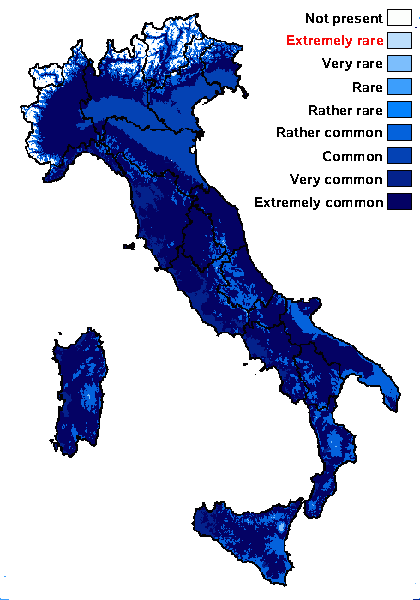
Predictive model
Herbarium samples
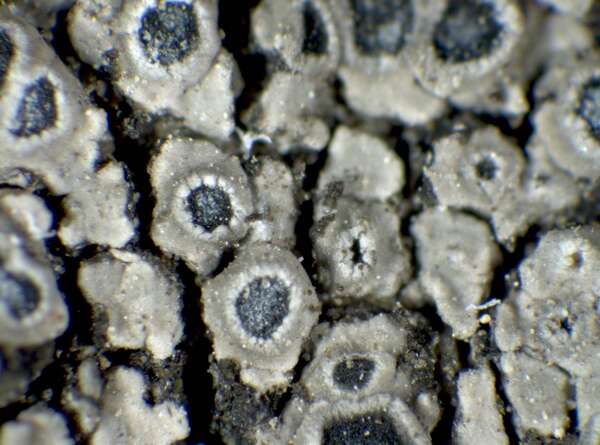

P.L. Nimis; Owner: Department of Life Sciences, University of Trieste
Herbarium: TSB (1592)
2002/01/02
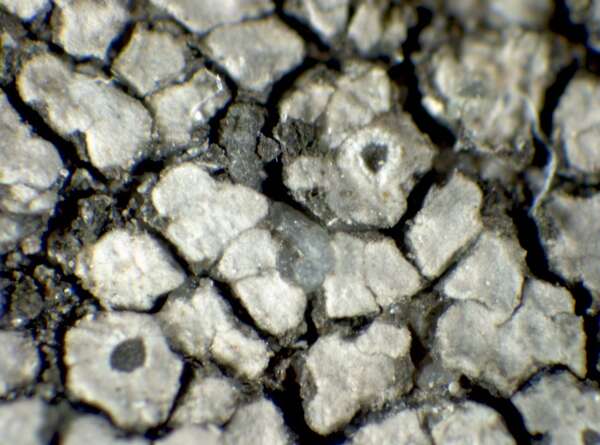

P.L. Nimis; Owner: Department of Life Sciences, University of Trieste
Herbarium: TSB (1592)
2002/01/02
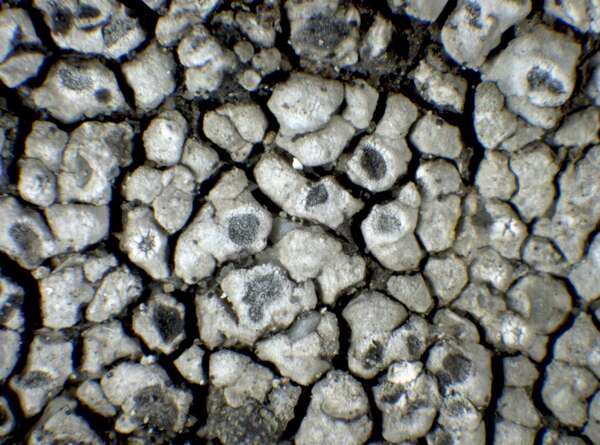

P.L. Nimis; Owner: Department of Life Sciences, University of Trieste
Herbarium: TSB (34372)
2002/01/02
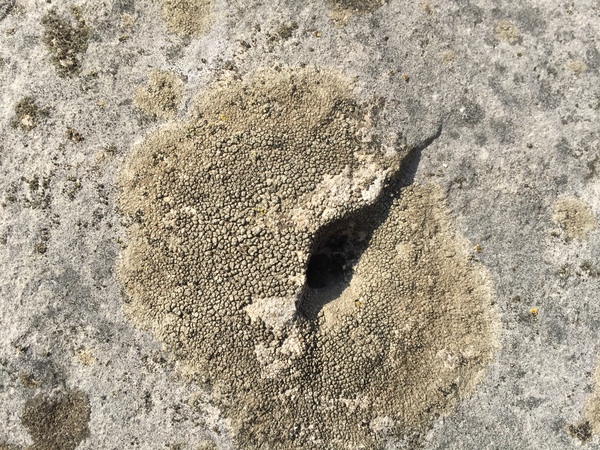

Pier Luigi Nimis; Owner: Department of Life Sciences, University of Trieste
Italy, Friuli Venezia Giulia, Trieste, Trieste Karst, Val Rosandra, San Lorenzo near Belvedere
11/02/2017
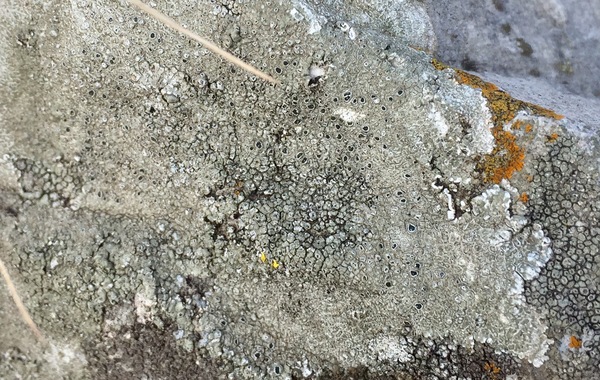

Pier Luigi Nimis; Owner: Department of Life Sciences, University of Trieste
Italy, Friuli Venezia Giulia, Trieste, Trieste Karst, Val Rosandra, San Lorenzo near Belvedere
11/02/2017


Pier Luigi Nimis; Owner: Department of Life Sciences, University of Trieste
Italy, Friuli Venezia Giulia, Trieste, Trieste Karst, Val Rosandra, San Lorenzo near Belvedere
11/02/2017
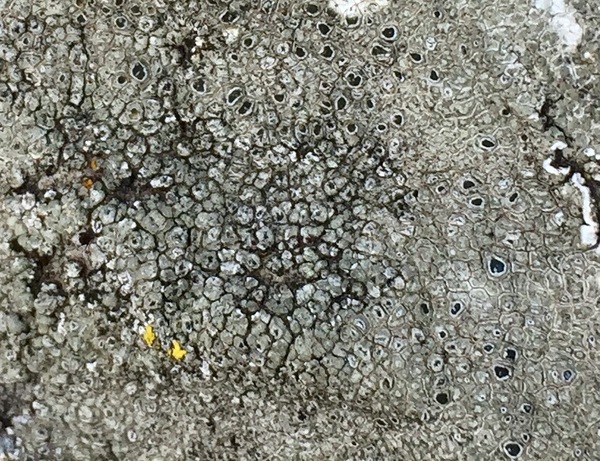

Pier Luigi Nimis; Owner: Department of Life Sciences, University of Trieste
Italy, Friuli Venezia Giulia, Trieste, Trieste Karst, Val Rosandra, San Lorenzo near Belvedere
11/02/2017
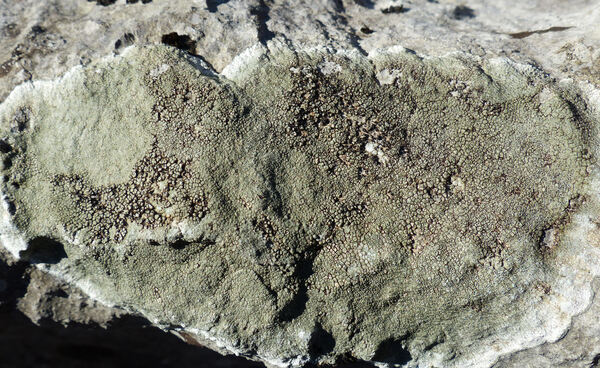

Andrea Moro; Owner: Department of Life Sciences, University of Trieste
italy, Friuli Venezia Giulia, Trieste, Trieste Karst near Borgo Grotta Gigante
16/02/2017
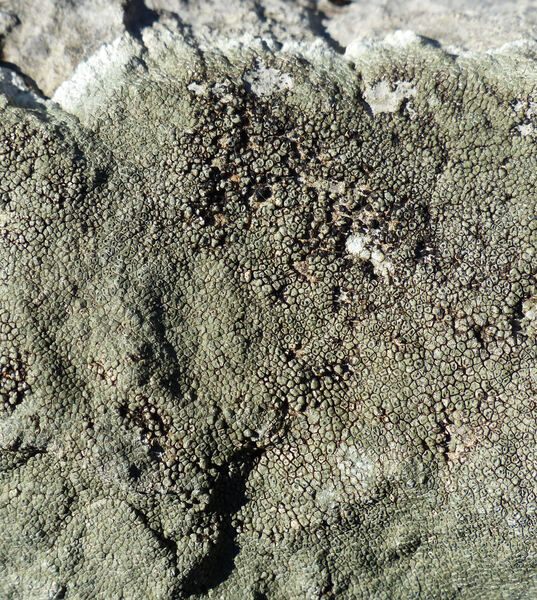

Andrea Moro; Owner: Department of Life Sciences, University of Trieste
italy, Friuli Venezia Giulia, Trieste, Trieste Karst near Borgo Grotta Gigante
16/02/2017
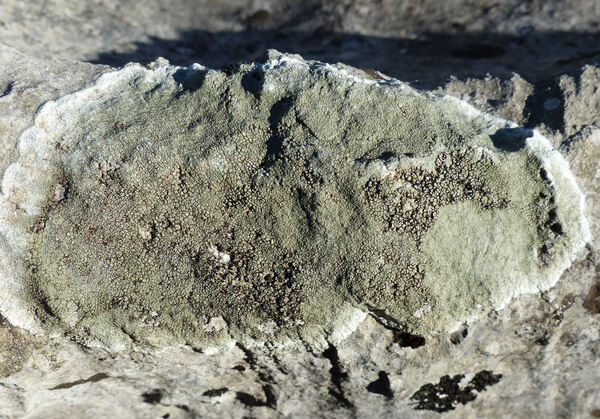

Andrea Moro; Owner: Department of Life Sciences, University of Trieste
italy, Friuli Venezia Giulia, Trieste, Trieste Karst near Borgo Grotta Gigante
16/02/2017
Growth form: Crustose
Substrata: rocks
Photobiont: green algae other than Trentepohlia
Reproductive strategy: mainly sexual
Pioneer species
Commonnes-rarity: (info)
Alpine belt: absent
Subalpine belt: extremely rare
Oromediterranean belt: very rare
Montane belt: rather common
Submediterranean belt: extremely common
Padanian area: common
Humid submediterranean belt: extremely common
Humid mediterranean belt: very common
Dry mediterranean belt: rather common

Predictive model
| Herbarium samples |


P.L. Nimis; Owner: Department of Life Sciences, University of Trieste
Herbarium: TSB (1592)
2002/01/02


P.L. Nimis; Owner: Department of Life Sciences, University of Trieste
Herbarium: TSB (1592)
2002/01/02


P.L. Nimis; Owner: Department of Life Sciences, University of Trieste
Herbarium: TSB (34372)
2002/01/02


Pier Luigi Nimis; Owner: Department of Life Sciences, University of Trieste
Italy, Friuli Venezia Giulia, Trieste, Trieste Karst, Val Rosandra, San Lorenzo near Belvedere
11/02/2017


Pier Luigi Nimis; Owner: Department of Life Sciences, University of Trieste
Italy, Friuli Venezia Giulia, Trieste, Trieste Karst, Val Rosandra, San Lorenzo near Belvedere
11/02/2017


Pier Luigi Nimis; Owner: Department of Life Sciences, University of Trieste
Italy, Friuli Venezia Giulia, Trieste, Trieste Karst, Val Rosandra, San Lorenzo near Belvedere
11/02/2017


Pier Luigi Nimis; Owner: Department of Life Sciences, University of Trieste
Italy, Friuli Venezia Giulia, Trieste, Trieste Karst, Val Rosandra, San Lorenzo near Belvedere
11/02/2017


Andrea Moro; Owner: Department of Life Sciences, University of Trieste
italy, Friuli Venezia Giulia, Trieste, Trieste Karst near Borgo Grotta Gigante
16/02/2017


Andrea Moro; Owner: Department of Life Sciences, University of Trieste
italy, Friuli Venezia Giulia, Trieste, Trieste Karst near Borgo Grotta Gigante
16/02/2017


 INDEX FUNGORUM
INDEX FUNGORUM
 GBIF
GBIF
 DOLICHENS
DOLICHENS
